
WHAT WERE THE GHQ MANEUVERS? (Part 1)
The 1941 GHQ (General Headquarters) Maneuvers that took place in Louisiana and the Carolinas helped the US Army develop early Combined Arms Doctrine. @usacac @USArmyDoctrine @usacactraining @USARMYMCTP @ShaneMorgan_WF6 @USArmyMCCoE
The 1941 GHQ (General Headquarters) Maneuvers that took place in Louisiana and the Carolinas helped the US Army develop early Combined Arms Doctrine. @usacac @USArmyDoctrine @usacactraining @USARMYMCTP @ShaneMorgan_WF6 @USArmyMCCoE

On 1 September 1939, the world witnessed what would eventually be known as World War II, when German forces invaded Poland. The United Kingdom and France declared war on Germany two days later. 







For the two decades of the Interwar Years – the time period between the end of WWI and the beginning of WWII – the United States adopted an increasingly isolationist perspective that had a negative impact on the US Army’s ability to maintain readiness. 







With tensions visibly growing in Europe, the @USArmy recognized a need to begin mobilization early so as to avoid the problems they had faced when entering the first World War. 
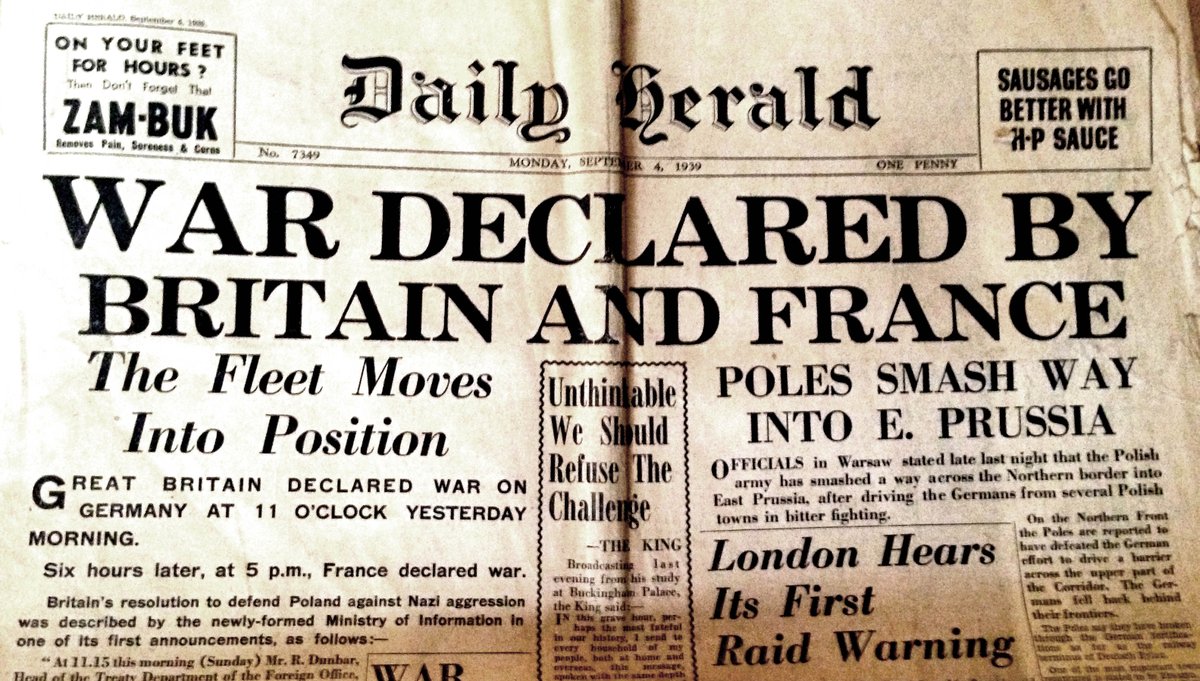
The problem is, when the US Army had the time to prepare long in advance, it was difficult to get public support and Congress to approve the funding. And when Congress finally began to approve increasing levels of support for mobilization, the Army was short on time. 

In an effort to compensate for the lost time, the Army needed to mass manpower quickly, supply that manpower with enough modern weapons and equipment to fight a modern war, and sustain that force at the necessary levels to fight and win. 

But before all of that could be accomplished, the US Army had to develop a means of rapidly and effectively training this growing force, while simultaneously preparing Soldiers to fight a war unlike any before it, and also training Officers to lead those Soldiers well. 






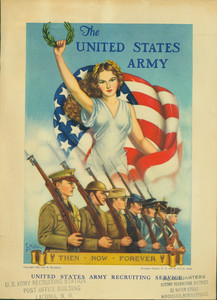
How do you prepare Soldiers to fight a war before they have an idea of what war is like?
The solution was a series of Maneuvers. This guy gets it.
The solution was a series of Maneuvers. This guy gets it.
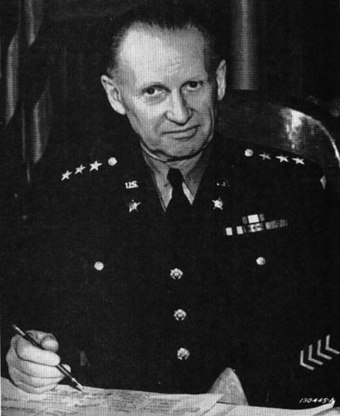
“Maneuvers” is a fancy term for “military exercises” and the US Army is not the only military force to engage in them. 

The Germans are credited with developing the modern wargame concept and, during the Interwar Years, they increased the frequency and diversity of their military exercises. These became a means of training commanders as well as soldiers and staffs at all levels. 



Technically, the Treaty of Versailles at the end of WWI limited the German military to 100,000 soldiers and prohibited the drafting of more; everyone serving had to do so voluntarily. 

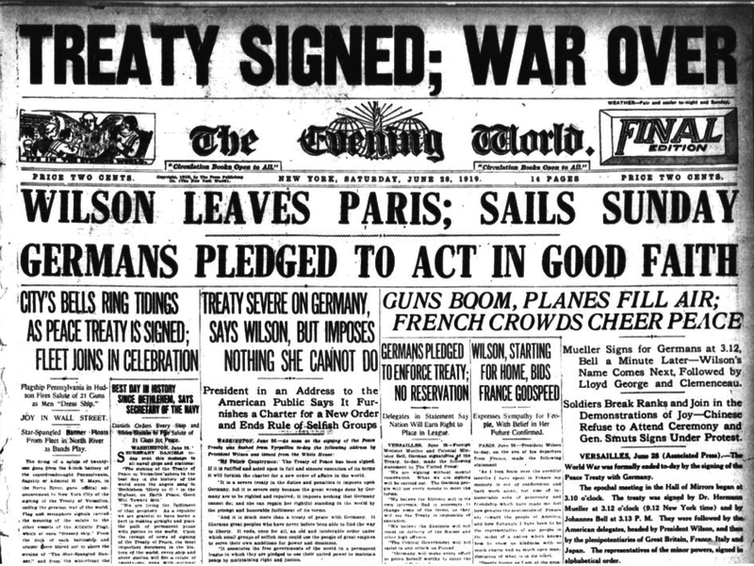
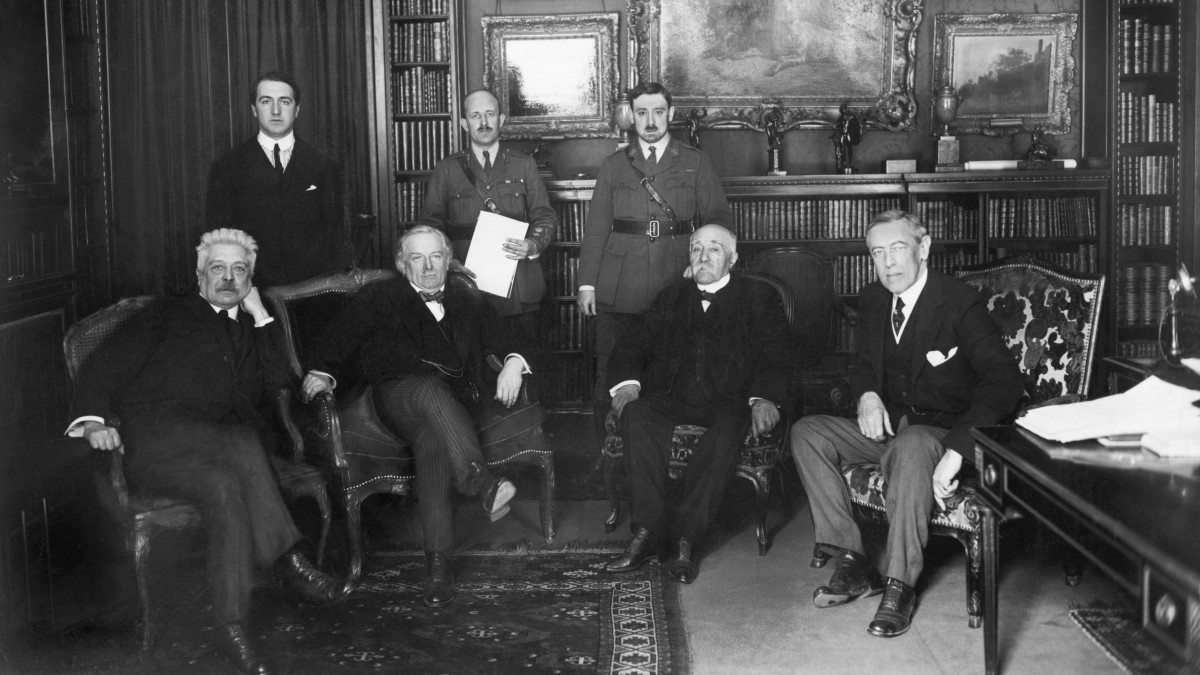
Many of the German military’s weapons were confiscated and severe limitations were placed on what the German military could do and use. No tanks. No military aircraft. No heavy artillery. 



So it’s interesting that while so severely limited during this Interwar period, the Germans managed to increase their military exercise frequency and diversity, while also developing new tanks, heavy artillery, and military aircraft.
More on that later, but the short version is basically the Germans doing what they wanted.
In the United States, the US Army General Staff designed maneuvers that would allow leaders to see how their Field Grade Officers (FGO) performed. Field Grades in the Army are Majors, Lieutenant Colonels, and Colonels. 

These exercises also allowed the Army to test assumptions that were made when developing doctrine, organizing the structure and composition of units, and determining which equipment and weapons the Army would use and how. 

The 1941 GHQ Maneuvers that took place in Louisiana and the Carolinas also helped the Army develop early Combined Arms Doctrine. @usacac @USArmyDoctrine @usacactraining @USARMYMCTP @ShaneMorgan_WF6 @USArmyMCCoE 




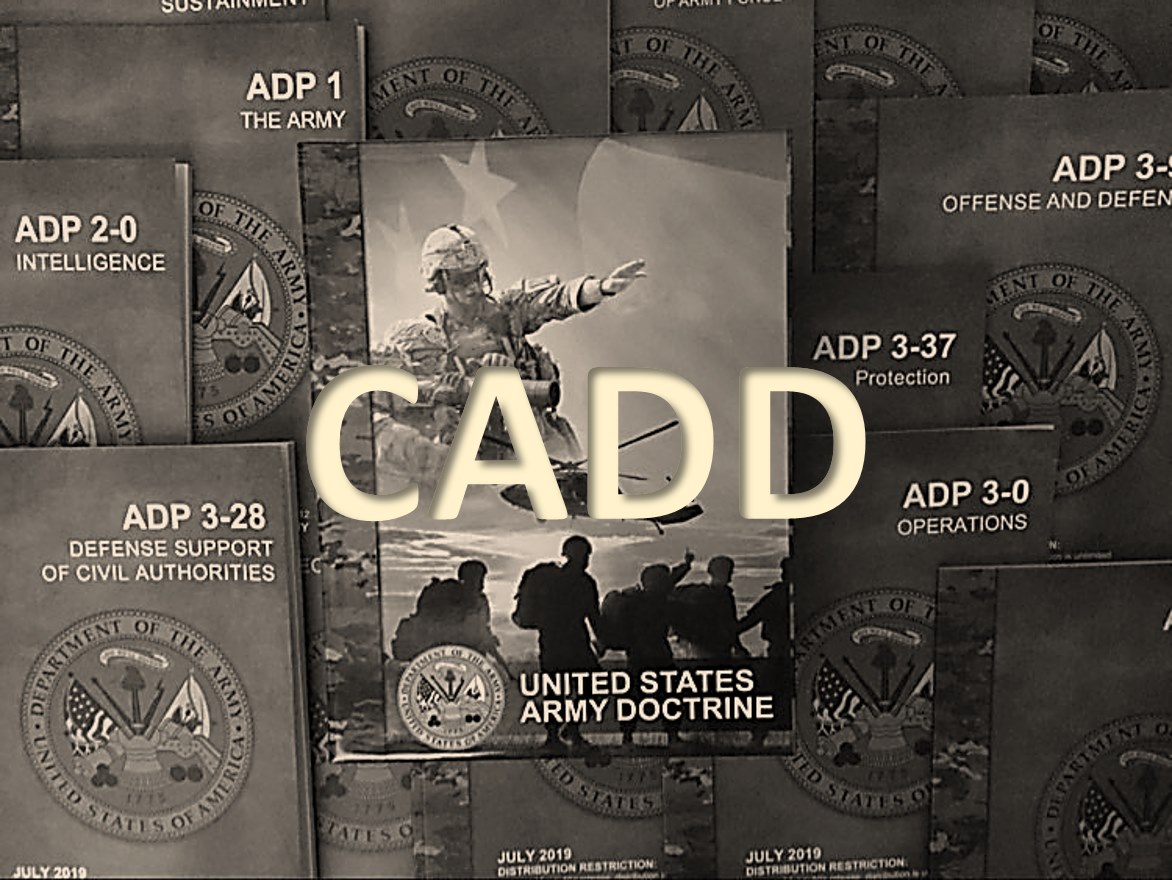
“Combined Arms” means that different parts of the Army’s combat arms are integrated to make them collectively more effective. Instead of an all-Infantry unit attacking the enemy, we would have Infantry and Armor and Artillery, among others, combined in units. 

The German Blitzkrieg, for example, combined tanks, infantry, mechanized scouts, and artillery support. We knew this and we knew we would have to at least match it before we could defeat it. 

But before we can get to the Maneuvers and truly appreciate how amazing they were for the Army, we need to understand how much work went into just making them possible.
We start “Building an American Army” with a bit of history on the Maneuvers before discussing the mobilization processes, the US Army in 1939 when war erupted in Europe, and key people in this story that brought the Maneuvers from “good idea” to actual realization.
We will also talk about the Branches within the Army and try to understand what everyone was experiencing during this time period from 1939 to 1941. 

Later in the series, we will talk about the Maneuvers themselves and see how these large Army exercises in the early 1940s relate to modern Army training and exercises conducted now. 







We will discuss other topics too – education and training, Enlisted and NCO topics, @USArmyReserve and @USNationalGuard , equipment and supplies, civ-mil relations, and compare the past to the present. 





LOTS of talk about Logistics (we promise to make it fun!) @NGoldminers @CASCOM_CG @CASCOM_7 @SCoE_CASCOM @USArmyLogistics 

In addition to the Twitter threads, which will post bi-weekly (Tuesdays and Saturdays), variations of the content can be found on the Combined Arms Center Facebook page, Instagram account, and we’re working to make PDFs available through @ArmyUPress
And a podcast hosted by @Mother_of_Tanks in collaboration with @USArmyDoctrine and many others, will explore the topics and history in greater depth and expand to provide a richer experience as we all learn about this important part of history. We’re just getting started!
• • •
Missing some Tweet in this thread? You can try to
force a refresh


